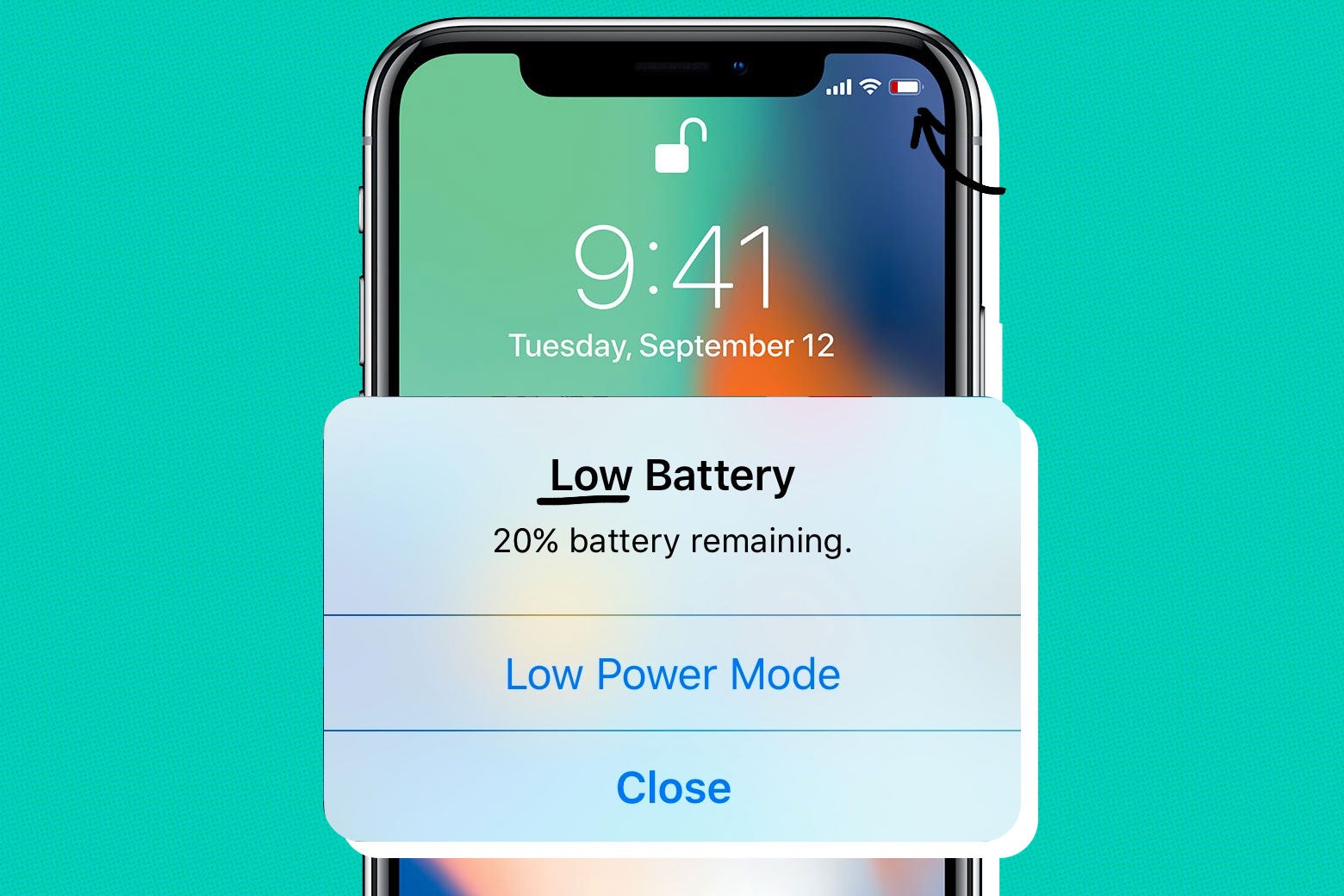Year after year, smartphone owners gripe about battery life. Our phones have grown increasingly powerful, but battery technology hasn’t kept up with our appetite for smartphone usage. The iPhone is no exception: In a recent survey conducted by USA Today, the feature that users most wanted in the next iPhone is longer battery life. Seventy-five percent of respondents said better battery life tops their lists, followed by a shatterproof screen and expandable storage. While it’s taken time for materials technology to develop, stronger displays are on the way.
The upcoming iPhone, which will be announced on Wednesday, may use the latest version of Gorilla Glass. As for expandable internal memory, that’s never going to happen. Improved battery life, however, is something Apple is constantly chasing. But can we expect this year’s phones to make any sort of magical leap over last year’s models?
Apple has generally increased the battery capacity of its iPhones over the years, largely in parallel with their size—but only up to a point. The iPhone 3GS released in 2009 had a 1,219-milliamp-hour battery offering five hours of talk time. The next few years saw incremental improvements: a 1,420 mAh battery in the iPhone 4 with seven hours of talk time, followed by a 1,432 mAh battery with eight hours of talk time on the iPhone 4S. The first big bump in battery life came with the iPhone 6 and 6 Plus, which featured an 1,810 mAh battery (14 hours of talk time) and a 2,915 mAh battery (24 hours of talk time), respectively. After that increase, iPhone battery capacity remained largely the same—until the launch of the iPhone X.
The flagship iPhone X gained an extra two hours of battery life over its predecessor, according to Apple’s specifications, while the iPhone 8 and 8 Plus retained the same level of battery life as the iPhone 7 and 7 Plus despite a physically (slightly) smaller battery. With that in mind, we should expect battery life to be at least on par with the iPhone X this year. There are signs it could be even better.
If early reports prove true, we’re expecting three new iPhones this year: one the same size as the iPhone X, one with a jumbo 6.5-inch display, and a “budget” model with a 6.1-inch screen. Analysts are predicting that the iPhone XS (the rumored name for the new phones) will have a 10 percent and 25 percent larger battery than the iPhone X. That would suggest the 6.5-inch device will have a whopping 3,300 mAh or 3,400 mAh battery. While the 5.8-inch iPhone XS may see slightly better battery life than last year’s model, the 6.5-inch model could blow that away.
But better battery life isn’t just a function of battery size—the efficiency of the phone’s processor, display size (often the biggest battery hog on a phone), and the performance of other components also play a factor. This year’s flagship iPhones should use a new Apple-designed A12 processor inside, which is rumored to be 10 percent faster than the chip in the iPhone X. It’s unclear whether that speed comes with improved power management, too. It’s also unclear whether other chips (like their Qi wireless charging componentry) inside these devices have shrunk in size or increased in efficiency, which would allow for a larger battery and longer battery life. And while gains are being made in developing new materials, it’s unlikely that the new iPhones’ batteries would include anything more than a minor change to the existing lithium-ion internal chemistry.
The operating system is also a major factor in device performance, and iOS 12 looks like it could be good news on that front. The updates to iOS, as previewed in June at WWDC, are expected to focus more on improving performance and cleaning up the overall experience rather than introducing whiz-bang new battery-sucking features. If Apple has designed a more power-efficient OS, battery gains could be seen not just on this year’s phones, but on older models, too.
If reports prove accurate—and using Apple’s history as a guide—we can reasonably expect the new 5.8-inch iPhone to feature battery life on par or slightly improved from last year’s model, while the larger 6.5-inch device could have dramatically better battery life. The cheaper iPhone is more of a question mark: It’ll likely include a larger battery than the iPhone X because of its larger size, but it may also incorporate mostly last year’s components as a cost-saving measure, which could be less efficient. But it’s still reasonable to expect that it, too, will have better battery performance than last year’s phones. With all that in mind, for those hoping for an iPhone that can easily last through the day and perhaps into the next, this could be your year—as long as you don’t mind that it’s a phablet.
